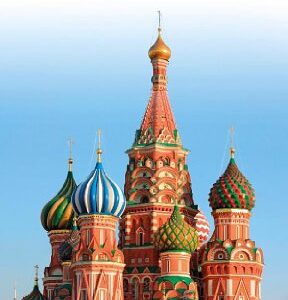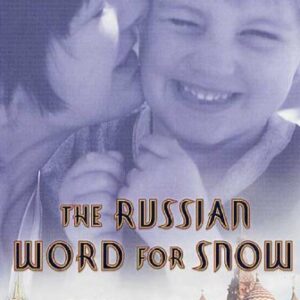Russia Adoption
Historical Context of Russia Adoption
Russia’s population of 142.9 million (2006) is in decline. Lower birth rates and higher death rates have reduced Russia’s population at a nearly 0.5% annual rate since the early 1990s. Russia is one of few countries with a declining population (although birth rates in many developed countries have dropped below the long-term population replacement). Population decline is particularly drastic in Russia due to higher death rates, especially among working-age males. Cardiovascular disease, cancer, traffic injuries, suicide, alcohol poisoning, and violence are major causes of death. In a June 2006 speech to the Russian National Security Council, President Putin declared that Russia is facing a demographic crisis and called for measures to improve birth and mortality rates and increase population through immigration, primarily the return of Russian-speaking foreigners.
Population of Russia
Russia sent 3,706 children to the United States in 2006, the third-largest sending country (after China and Guatemala, respectively) for International Adoption. Despite economic reforms that have taken place since the 1991 breakup of the Soviet Union, many families in former Soviet nations struggle to survive. An estimated 600,000 children live “without parental care” in Russia. About one-third live in institutions; the rest typically live with guardians, in shelters, or under police jurisdiction. Poverty is a factor in most relinquishments. Two groups of children are typically available: babies relinquished in the hospital at birth to orphanages, and older children who are removed from their families because of neglect. Sibling groups are available.
It is sometimes said that Medical diagnoses are exaggerated because only unhealthy children may be adopted or to increase the funding available to the orphanage. The major difficulty with interpreting these reports stems from some particularities of the Russian medical system. Russian physicians practice medicine differently from physicians in the U.S.. Diagnostic categories are different, concepts of pathophysiology are different, methods of assessment are different, the psychology of physicians is different, etc. Even within the same field, the lack of formal standardized certification and postgraduate training makes specialists at times seem to speak different dialects. (Health Issues in Russian Children )
Quick Facts
| Number of adoptions from Russia | 2006: 3,706 2005: 4,639 2004: 5,878 2003: 5,209 2002: 4,939 |
| Age/gender of children adopted from Russia in 2005 | 50% Female 20% under 1 year of age 51% 1 – 4 years of age |
| Estimated Cost | $30,000 to $40,000 |
| Profile of Children | 6 mos. to 16 yrs.; in 2005, 20% were under 1 at the time of adoption, 51% were between1-4 years old. Sibling groups and children with special needs are available. |
| Timeline | From completion of dossier to referral: girl, 6-18 months; boy, 0-6 months |
| Parent Requirements | Married couples may adopt. Single persons may adopt but there must be at least a 16-year age difference between the prospective parent and the prospective adoptive child. Russia also has medical requirements for adoptive parents. |
| Travel | Usually two trips required, one to accept the referral and one to complete the adoption. Most regions require both parents to make the second trip, but one parent can make the first trip. |







